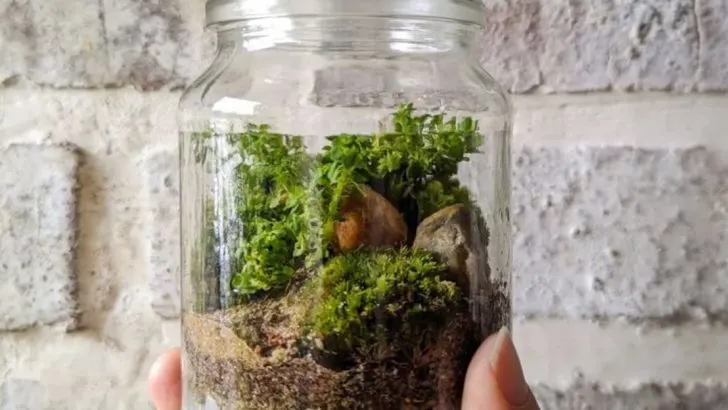You don’t need a big budget or a sprawling backyard to enjoy the benefits of a greenhouse. In fact, some of the best mini greenhouses can be made using recycled materials you already have at home. With just a little creativity, you can extend your growing season, protect seedlings, and create the perfect microclimate — all while reducing waste.
From old windows to plastic bottles and storage bins, these DIY projects are a brilliant way to turn everyday items into something surprisingly useful. Plus, building your own greenhouse lets you customize it to fit small spaces, balconies, or even indoor shelves.
In this article, you’ll find 6 clever mini greenhouse ideas made entirely from reused and upcycled materials. Whether you’re starting seeds early or keeping tender plants safe from the cold, these budget-friendly builds prove that green living can start with what you already have.
Plastic Bottle Greenhouse
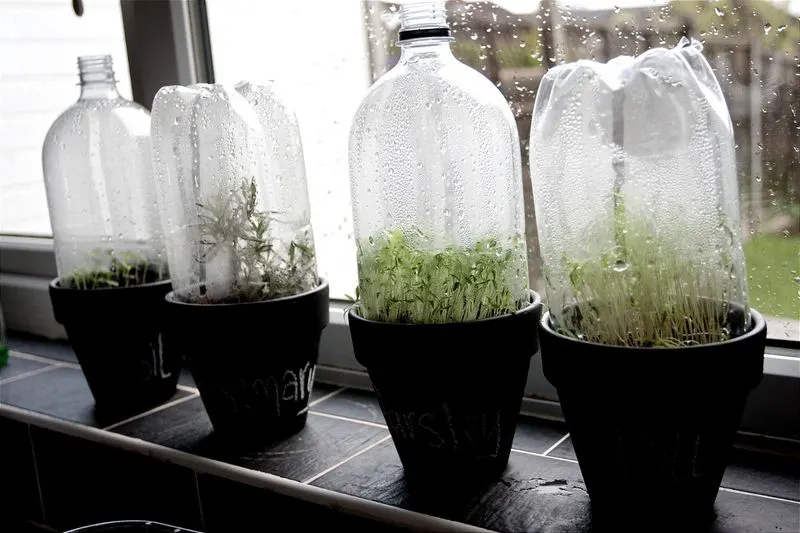
Turning an everyday plastic bottle into a haven for plants might sound like a simple trick, but it’s an effective one. Cut the bottle in half, and you have a ready-made greenhouse dome, perfect for small pots. This mini greenhouse is not only functional but also a striking demonstration of repurposing waste. Elevate your windowsill garden with this easy-to-make solution that gives seedlings a warm start. Besides being cost-effective, it reduces plastic waste, helping you contribute positively to the environment with minimal effort. Perfect for herbs and small flowers.
CD Case Greenhouse
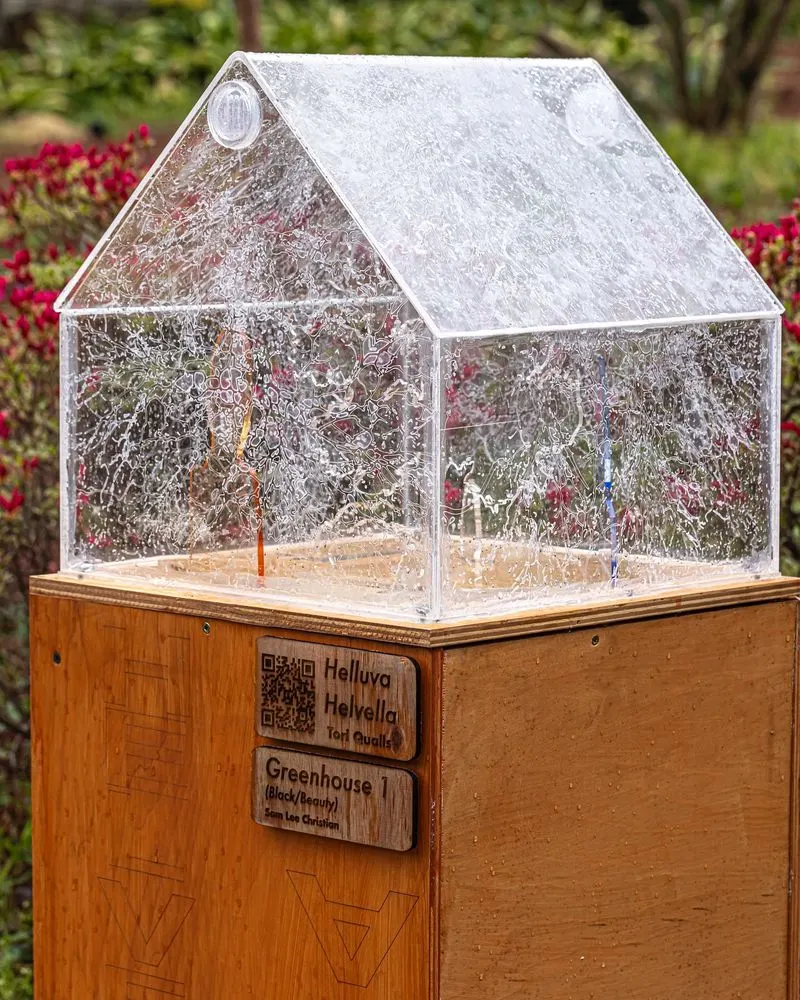
Remember those stacks of old CD cases gathering dust? They can become the building blocks of a stylish mini greenhouse. By cleverly connecting the cases, you create a transparent shelter that captures sunlight brilliantly. This unique greenhouse adds a touch of nostalgia while serving a practical purpose. Ideal for small spaces, it fits snugly on a desk or shelf. It’s a conversation starter, uniting the love for music with gardening in a visually appealing way. Perfect for nurturing succulents and small cacti that thrive in minimal space.
Glass Jar Terrarium
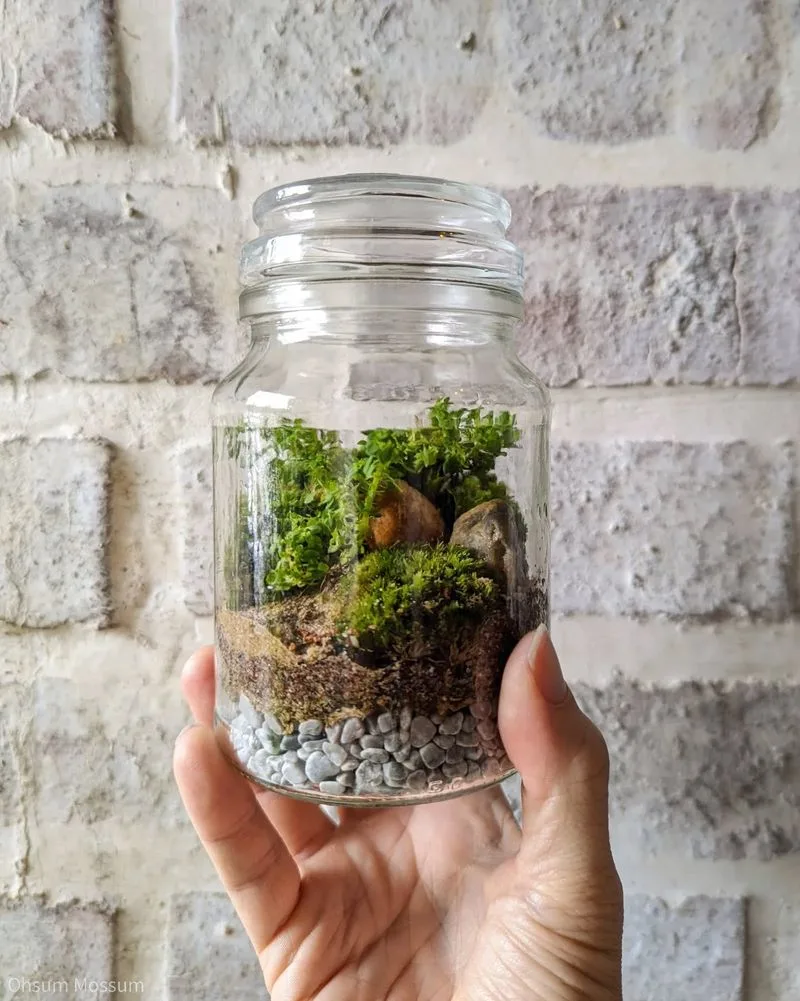
Glass jars, often discarded, can be transformed into miniature terrariums. By sealing in moisture, they create a humid environment ideal for certain plants. Arrange pebbles, charcoal, and soil inside for a charming display that’s both functional and decorative. This method embraces creativity, allowing you to design mini landscapes. These terrariums are perfect for ferns or moss, requiring little maintenance once established. Place them on a coffee table or bookshelf to add a touch of nature to indoor settings, merging elegance with eco-consciousness.
Old Window Frame Greenhouse

Breathing new life into old window frames is a classic way to build a substantial mini greenhouse. These frames provide the structure needed, while old glass or clear plastic sheets form the walls and roof. This project requires a bit more effort but offers a larger space for your plants. It’s ideal for a patio or balcony, where it can be a focal point and functional asset. Grow an assortment of vegetables or flowering plants in this sturdy structure, which stands as a testament to creativity and sustainability.
Milk Jug Greenhouse
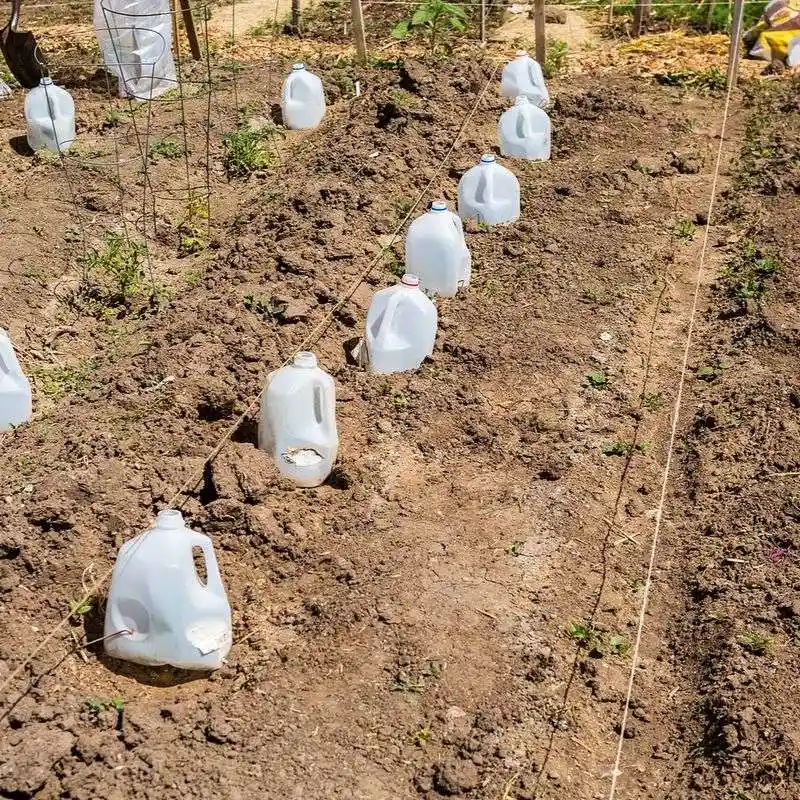
A milk jug, with its sturdy build and translucent body, provides a fantastic opportunity to create a protective environment for young plants. Cut the bottom off and place it over seedlings in your garden. This simple method shields them from harsh weather while letting in light. It’s a fantastic way to reuse household items and is particularly useful during early spring planting. This small-scale solution is perfect for gardeners looking to extend their growing season without investing heavily in materials.
Umbrella Greenhouse
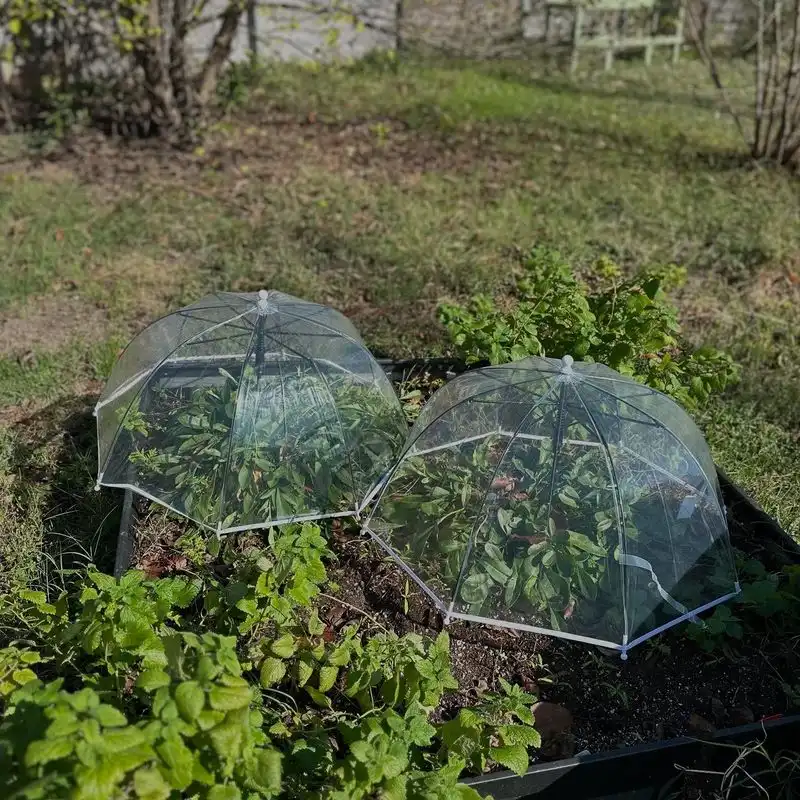
An old umbrella can be transformed into a whimsical greenhouse, providing shelter for plants in a unique way. Stuck open, its canopy forms a dome that captures heat and protects from rain. This makeshift greenhouse is perfect for covering plant beds temporarily. Its portability is an added advantage, allowing gardeners to move it as needed. Ideal for use in unpredictable weather, it serves as a creative example of turning trash into treasure, offering both protection and charm to your garden.

